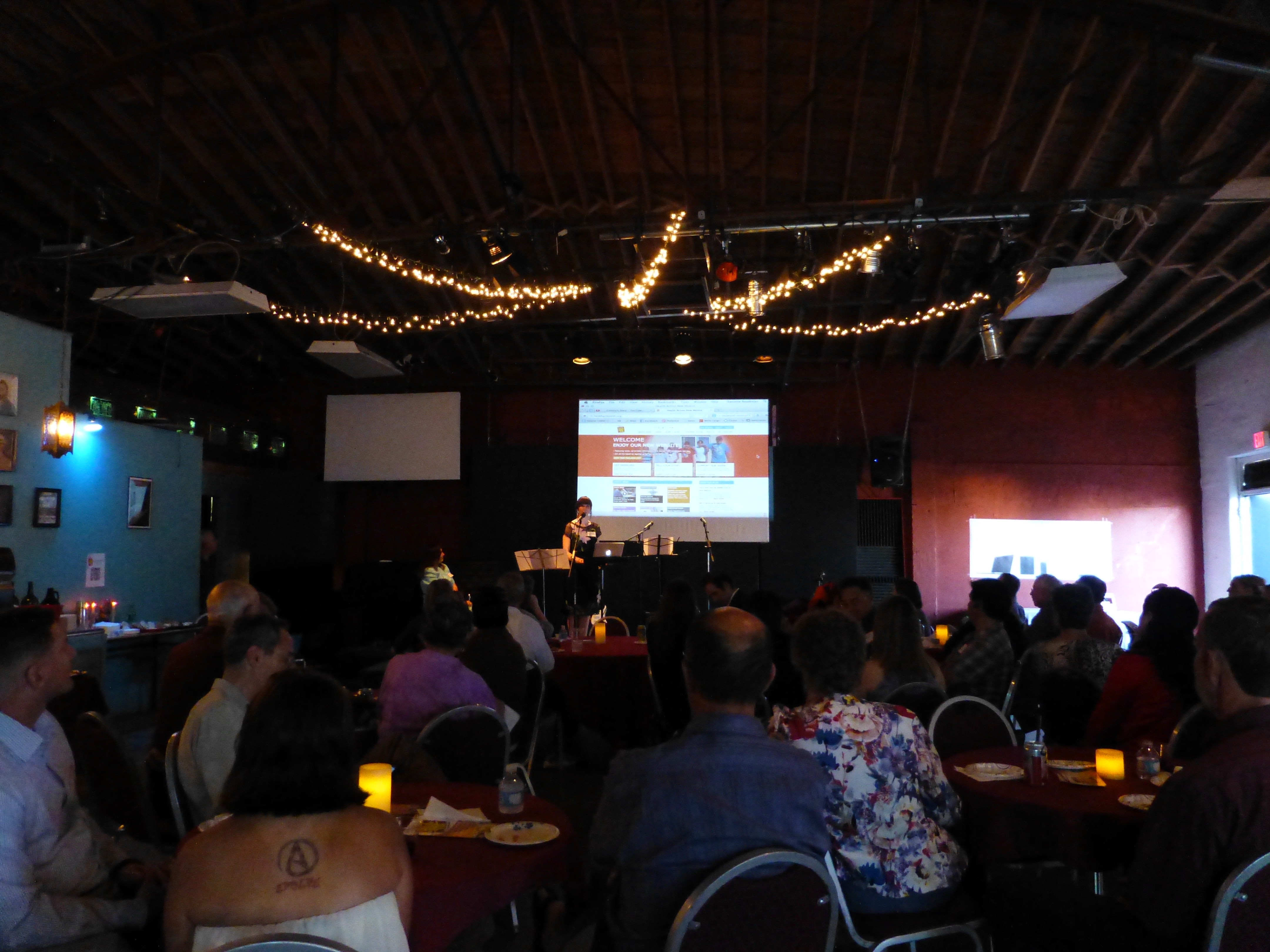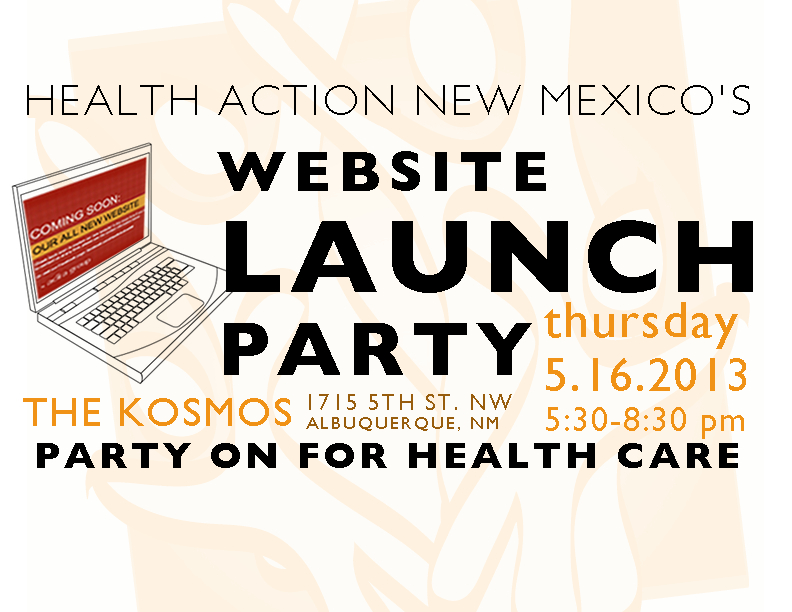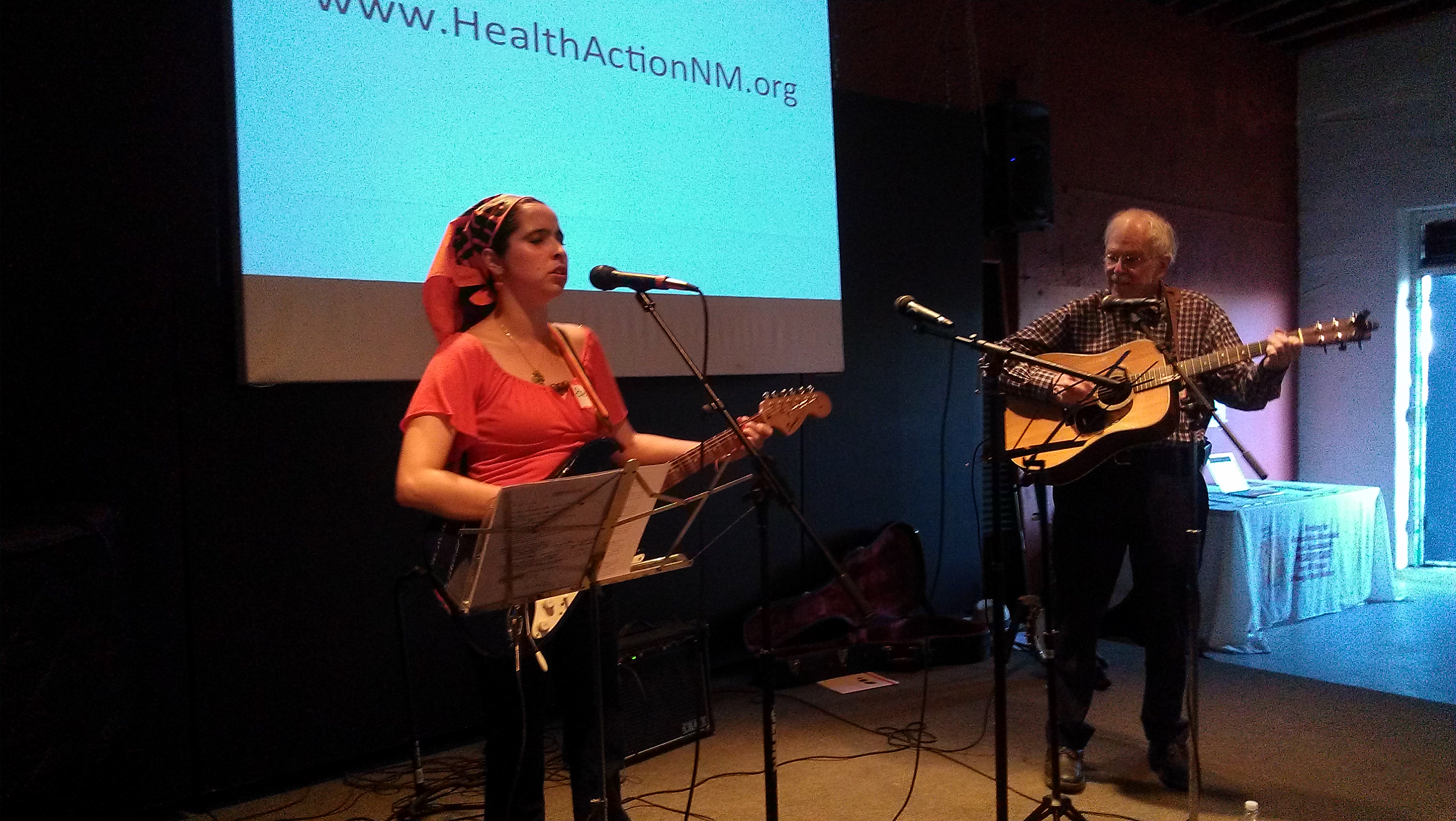Mission of Mercy: A Well-Meaning Public Relations Event, Not a Solution to NM Dental Health Crisis
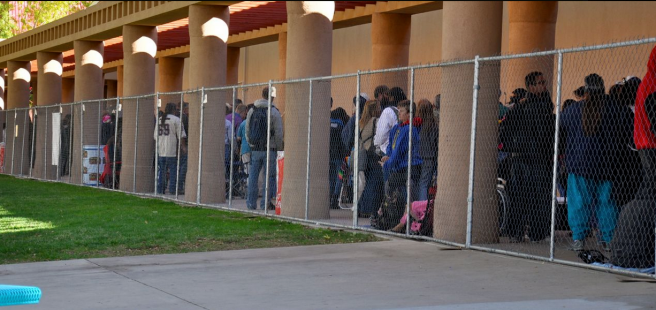
“Are you in pain?” I asked a young man who was waiting in line to see a dentist at the New Mexico Mission of Mercy (MOM) weekend dental clinic in 2010.
“Only when I eat,” he answered.
The patient intake form I was filling out for him gave me only two ways to answer the question “Are you in pain?”: “yes” or “no.” I wasn’t sure which answer to choose. Did the question mean “Are you in pain right now as you are standing here?” or was it the more general “Do you have pain?” This man clearly needed to eat to live, so even if he is only in pain when he eats, he is in pain in a way that impacts his life in a big way. Right? I marked “yes.”
As I found in my few hours volunteering at the patient intake station, this man wasn’t the only person who was in pain only when he or she ate. He stood in line with over 2,000 other New Mexicans for the chance to see a dentist, to try to have at least one of their dental problems resolved. Hundreds camped outside overnight and traveled hundreds of miles for this chance. Others may not have traveled so far in miles, but because they are Medicaid patients, don’t have insurance coverage, or can’t afford dental services the distance to see a dentist is just as great.
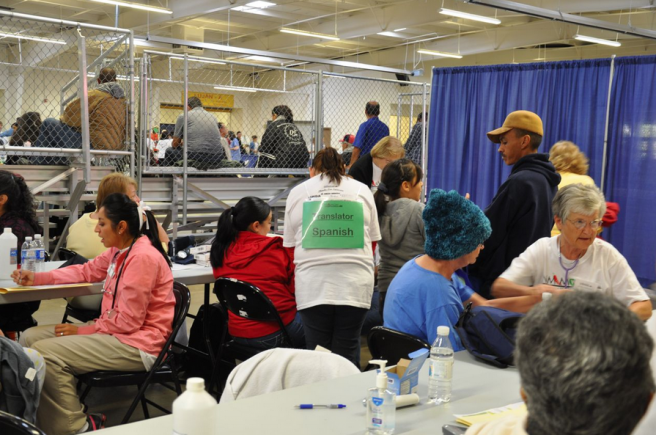
The MOM is good for generating positive public relations, awareness, and good feelings every year and a half. But just as the “Are you in pain” question failed to accurately represent this man’s dental condition and the day-to-day realities his pain, the MOM fails to understand the nature of NM’s dental health and access crisis. More importantly, the MOM fails to provide a meaningful long-term solution.
The MOM is a well-orchestrated event, and the people in line do get to see a dentist. But because it is only a weekend clinic, most people are limited to getting only one of the many dental services they actually need. Then what happens if these individuals need follow-up care after the weekend is over? There is nowhere – or in some cases very few places – that these patients can go. They are already so outside the healthcare system, there is no avenue of access to dental services beyond these MOM events. Reportedly, for weeks after the MOM event, safety net clinics like Community Dental Services in Albuquerque received a flood of follow-up calls from MOM patients. They received calls from more patients than they could possibly see.
Clearly there is a demand for dental services and a shortage of dentists who can provide these services. Rather than investing in MOM clinics we should invest in a long-term workforce solution that can help meet our dental health and access crisis; adding mid-level dental providers called “dental therapists” to NM’s dental team will strengthen the workforce and increase access for consumers.
Dental therapists practice in rural, tribal and underserved communities, under the off-site supervision of dentists providing routine and preventative dental services to the community. With a dental therapist people won’t have to camp out to see a MOM dentist every year and a half, and they won’t have to travel long distances missing school or work. Most importantly, with the guidance of their dental therapist New Mexicans would be able to prevent the dental decay that leads to extractions, and other serious dental health and overall health problems.
NM has had 3 MOM’s. The next MOM is in September 2013 in Farmington. How much longer and how many more MOM’s will New Mexicans have to stand in line for? Let’s work to make the need for Mission of Mercy events obsolete by bringing the long-term workforce solution of dental therapists to NM.
- Pamela
Word of Mouth


